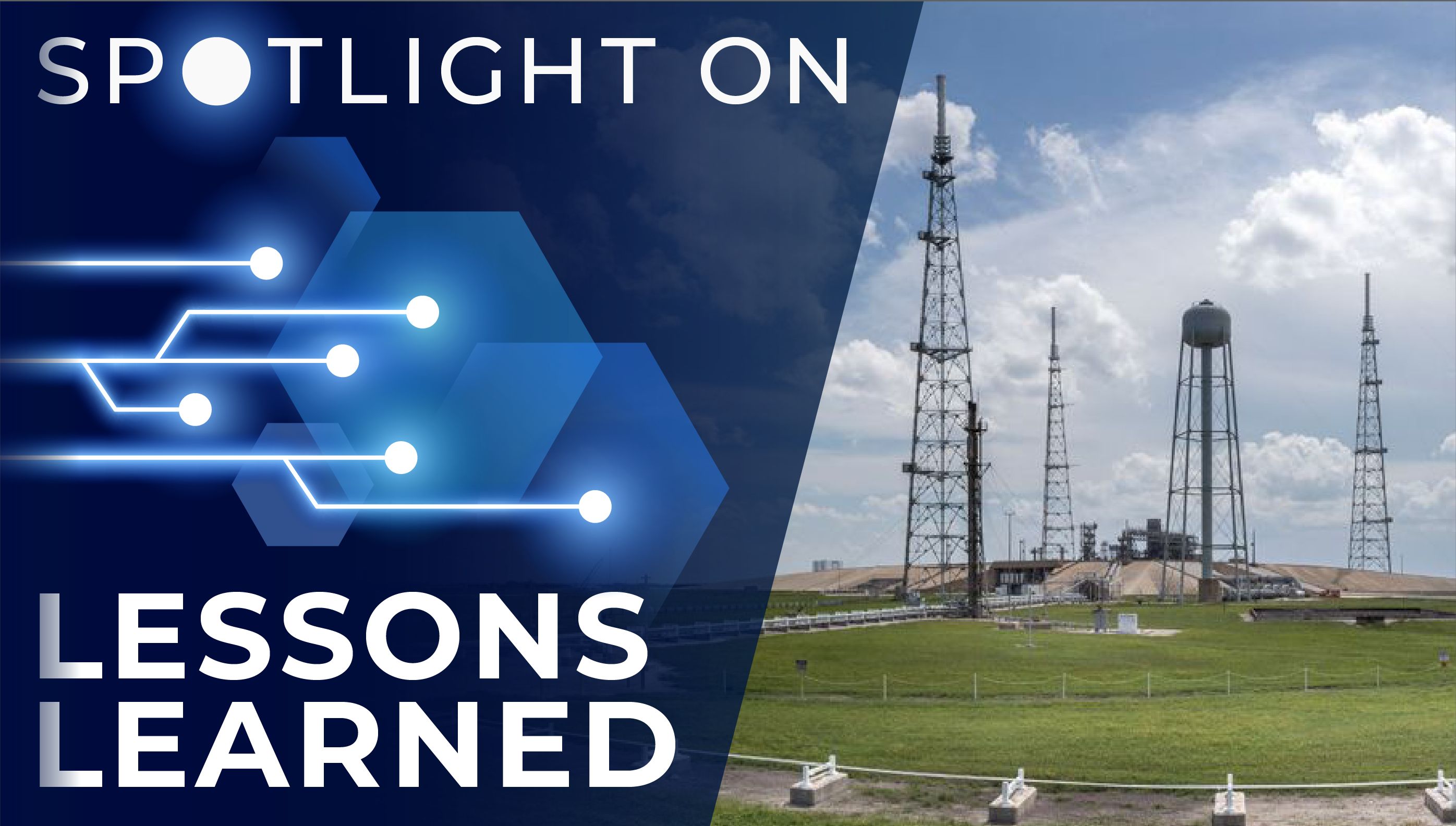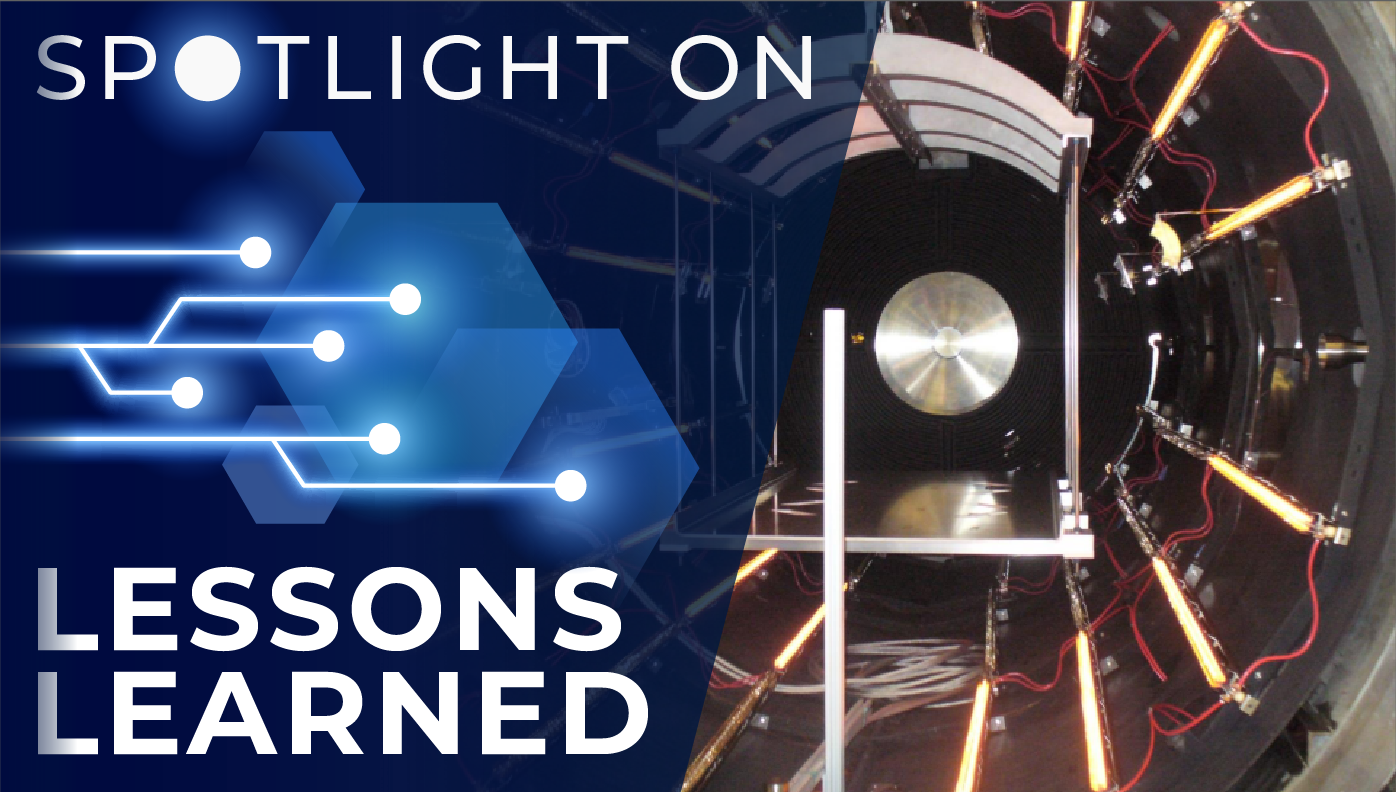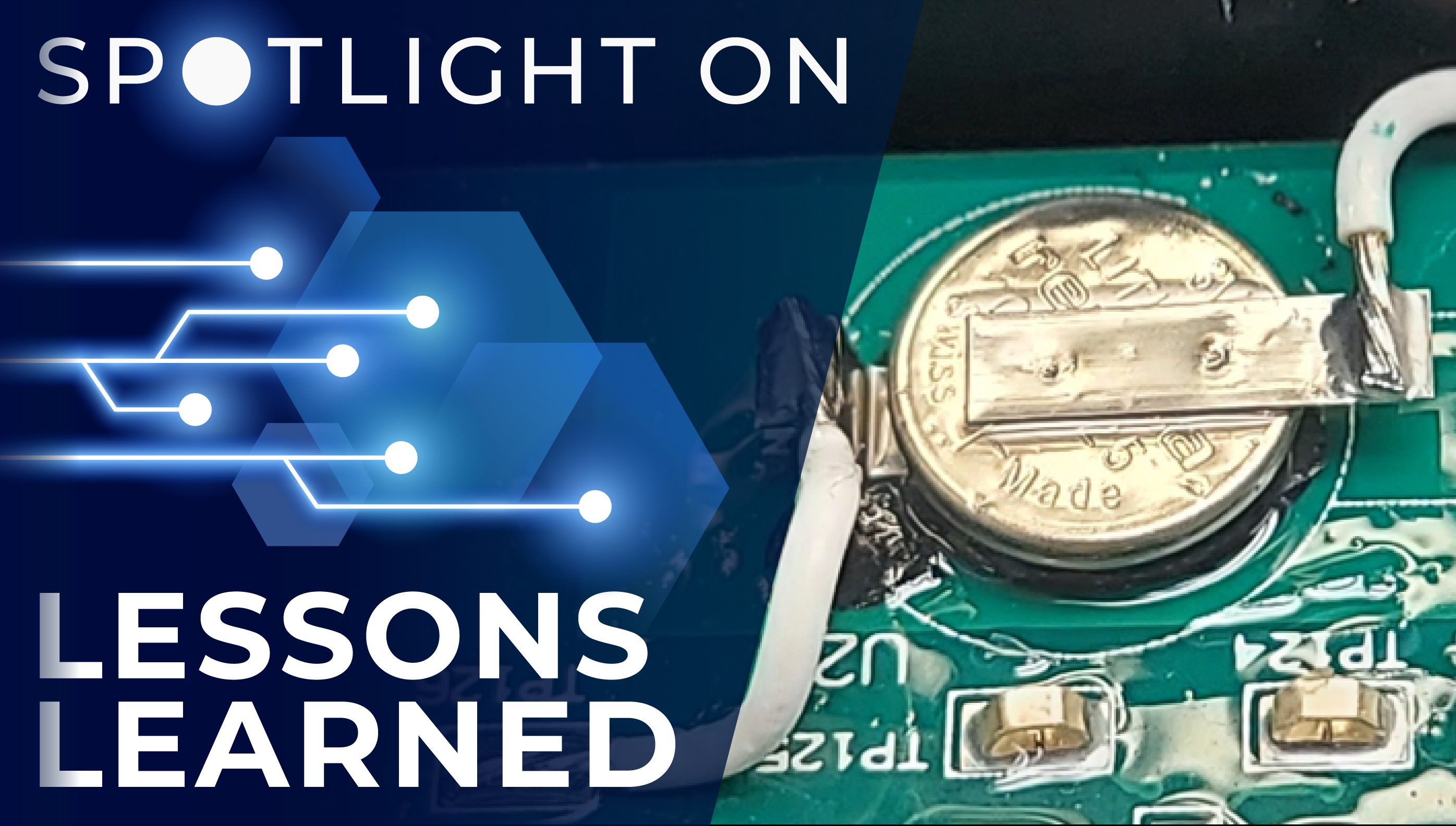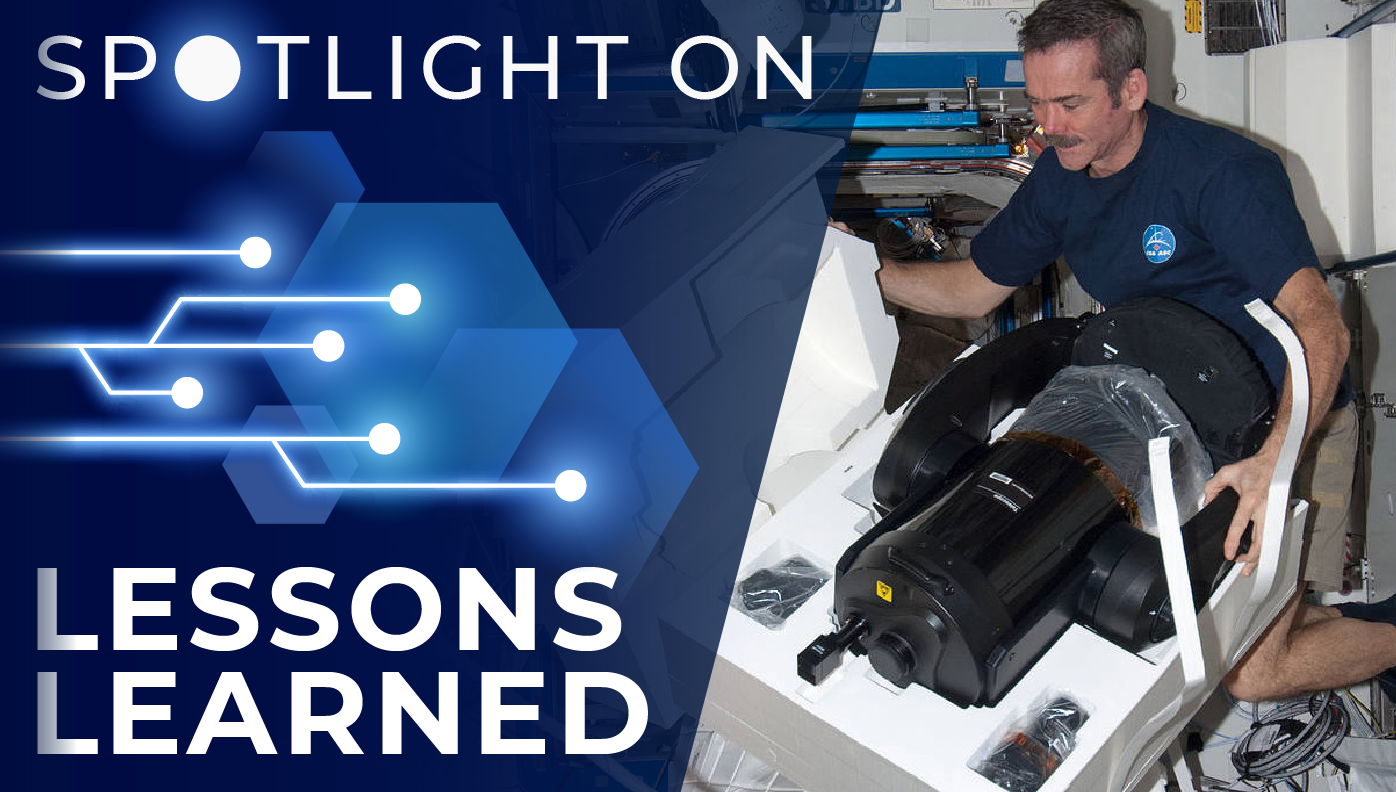
While pinching copper tubes is a standard practice for many applications on Earth, it presents challenges for spaceflight applications.
Pinching copper tubes is not ideal for critical spaceflight applications due to uncertainty in the verification process and the potential for a seemingly “good” pinch to separate later if a cold weld is not correctly achieved. The Mass Spectrometer observing lunar operations (MSolo) team performed a copper tube pinch quality verification analysis that included visual inspections followed by computerized tomography (CT) scans and inverted metallography on several copper tube pinches.
While CT scans and metallography were not useful for definitively deeming a pinch to be acceptable or not, they provided insight into the shape of the pinch, which was useful in conjunction with how the operator “felt” the pinch went.
The pinch point is delicate and can potentially leak if impacted. The likelihood of damaging the pinch point significantly decreases when a physical protective barrier — often an epoxy — is used to protect the pinch point.
Lesson Number: 29103
Lesson Date: October 17, 2020
Submitting Organization: Kennedy Space Center
HIGHLIGHTS
LESSONS LEARNED
- A pinch with a nominal shape is more likely to have cold-welded correctly.
- CT scans and inverted metallography provide insight into the shape of a copper tube pinch but results could vary and may not definitively deem whether a pinch is acceptable or not.
- The pinch tool operator’s practice and experience provide valuable insight for getting the pinch right.
RECOMMENDATIONS
- Perform CT scans and/or inverted metallography to observe the shape of the pinch.
- Use some means of protection for the pinch point during transit and in flight, if possible.
Consult the lesson learned for complete lists.

Prital Johnson
Credit: NASA
NASA Kennedy Space Center Subsystem Lead and Systems Engineer Prital Johnson on the importance of this lesson learned:
Spaceflight can take the most standard practices and turn them into worrisome operations. While pinching copper tubes is a routine, widely used procedure here on Earth, it’s a risky design choice for space applications. A microscopic gap due to a pinch that isn’t properly cold-welded during the pinching procedure can deplete the gas supply during a mission in the vacuum of space. A gap from lack of proper cold-welding may not show up during ground processing even when viewed under a microscope — only to open up during the harsh environment of launch vibrations or thermal fluctuations during the mission. Unlike circumstances on Earth, there’s often no opportunity to re-pinch a tube once the mission launches, even if pressure transducers hint that there may be a leak. Moreover, there are currently no standards to reference how to reliably perform and evaluate copper tube pinches for spaceflight applications.
This lesson learned reviews one copper tube pinch failure instance that was luckily caught before launch. It also highlights best practices that were learned from this failure — practices that may help decrease the risk of a failed copper tube pinch during a mission if the pinch can’t be designed out altogether.
Spotlight on Lessons Learned is a monthly series of articles featuring a valuable lesson along with perspective from a NASA technical expert on why the lesson is important. The full lessons are publicly available in NASA’s Lessons Learned Information System (LLIS).
If you have a favorite NASA lesson learned that belongs in the spotlight, please contact us and be sure to include the LLIS Lesson Number.









